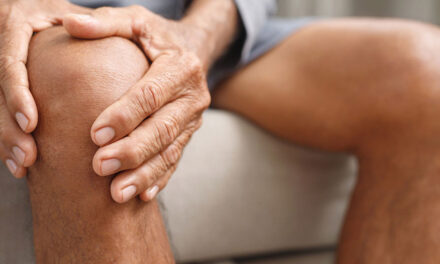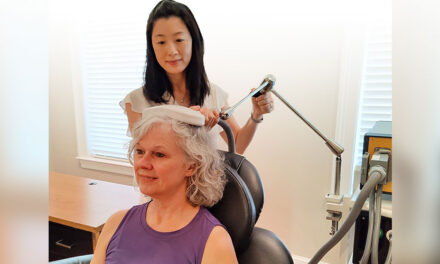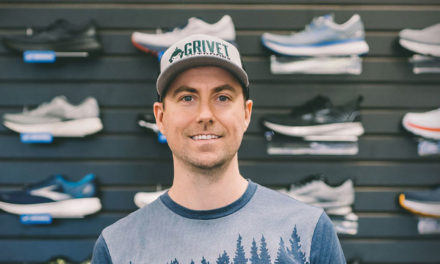Skin cancer is the most common cancer in the world. One of every five Americans will develop skin cancer by age 70. Sunscreen plays an important role in preventing exposure to harmful UV rays.
Ultimately, the best sunscreen is the one you will use every day. If you have sensitive skin, look for mineral-based sunscreen made with zinc oxide and titanium dioxide. Micronized versions work well for darker skin tones. It’s also safe for pregnant women and children starting at six months.
Know Your Sunscreen
Broad Spectrum This label indicates that it effectively protects against UVA and UVB rays. UVA and UVB rays are both responsible for sunburns, but UVA rays are responsible for tanning, wrinkles, and aging skin.
Water Resistance No sunscreen can claim to be waterproof. However, they can be labeled water resistant for 40 or 80 minutes. You can burn even in the water, so reapply often.
SPF = Sun Protection Factor The number says how long it would take UVB rays to redden your skin when using a sunscreen compared with the amount of time without sunscreen. If you use an SPF 15 product according to directions, it would take 15 times longer to burn than if you weren’t wearing sunscreen.
Sun Safety
1. To enjoy the benefits of sunscreen, avoid these common mistakes:
-
- Not applying liberally enough
- Missing areas of coverage
- Not reapplying regularly
2. Clothing can provide a great barrier against the UV rays. Its protection is consistent over time and doesn’t wear off like sunscreen. Many new fabrics combine breathability with sun protection. Also, choose a hat with a wide brim all the way around and wear UV-blocking sunglasses to protect the eyes and the delicate skin around them.
3. Watch out for windows. While glass blocks most UVB rays, UVA rays are can pass through. This is true for windows at home and in your car. Car windshields block most UVA rays, but side, back, and sunroof windows usually do not. When in your car, continue using precaution against sun rays. Consider adding a UV-protective film to windows in your home and car.
4. Avoid tanning beds. Indoor tanning, even once, raises the risk of skin cancer, including melanoma. Using a tanning bed before age 35 increases your risk of melanoma by 75%.
Get Checked Out
Skin cancer is the cancer you can see. Anything on your skin that’s new, changing, or not healing should be checked out. Also, if your gut tells you that it just doesn’t seem right, see your dermatologist. If your family has history of skin cancer, be sure to get yearly screenings. Most skin cancers are curable if caught early enough.
Asymmetry
Border irregularity
Color variations
Diameter over 6 mm
Evolving or change
authors.
- The “Ugly Duckling” method: Check for any mole or lesion that stands out from the “flock.” It may be larger, darker, smaller, and/or redder than the moles around it. It could be the sole mole on an area of the body.
- The EFG rule: Elevated, Firm on palpitation, and Growing progressively for a month.
- The Blue-Black rule: Pay special attention to any darkly pigmented lesion containing some dark blue or black color that doesn’t resemble the surrounding lesions.
All of these techniques can help you or a physician recognize nodular melanomas early when they are most treatable. Skin experts may also examine the lesion with a magnifying device called a dermatoscope to compare its microscopic pattern to nine other typically benign patterns. If it strays from any of these patterns, a biopsy should be considered.
Dr. Robin Friedman is a Dermatologist with Memphis Dermatology Clinic. For more information, visit Memphisdermatology.com or call 901.726.6655.







